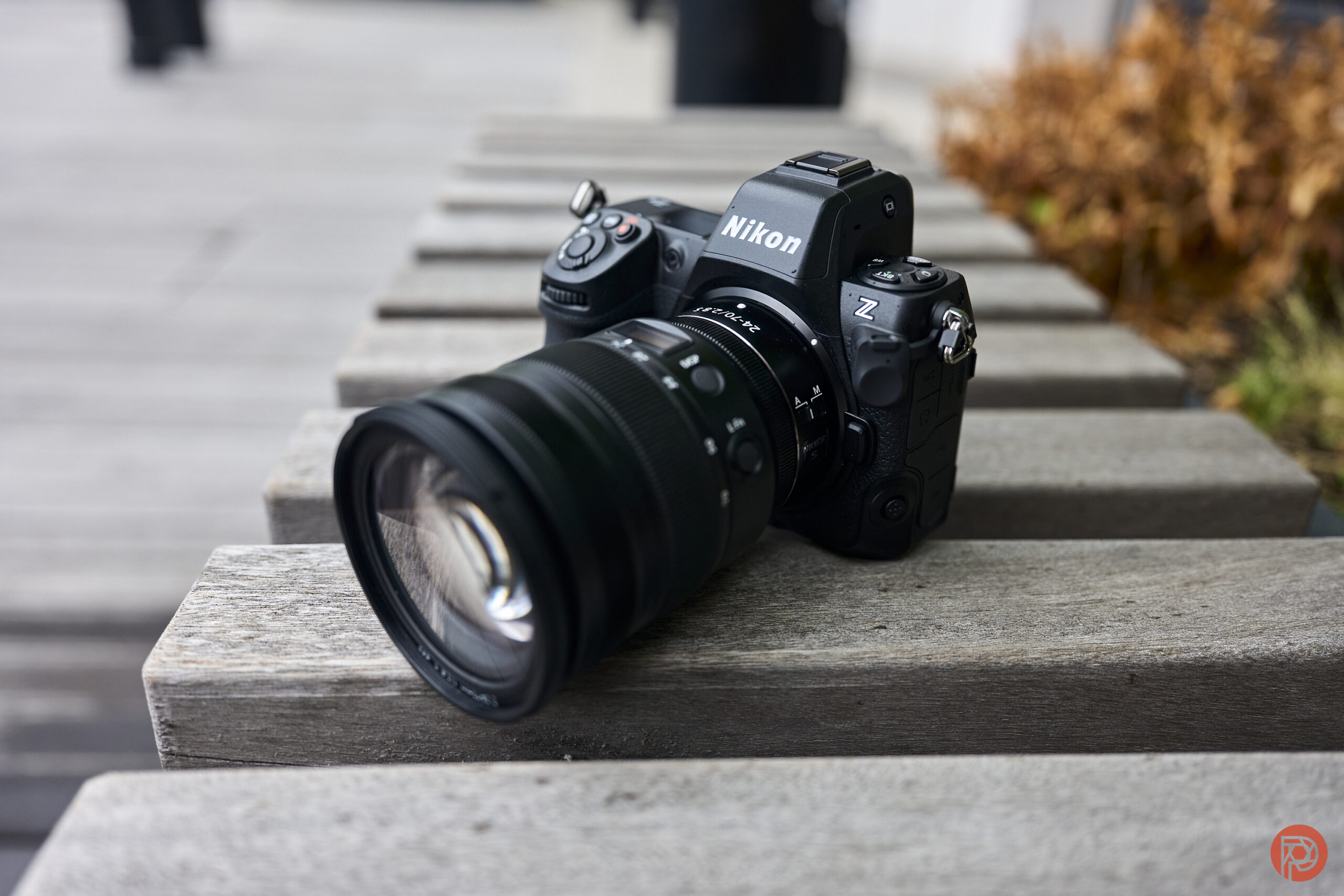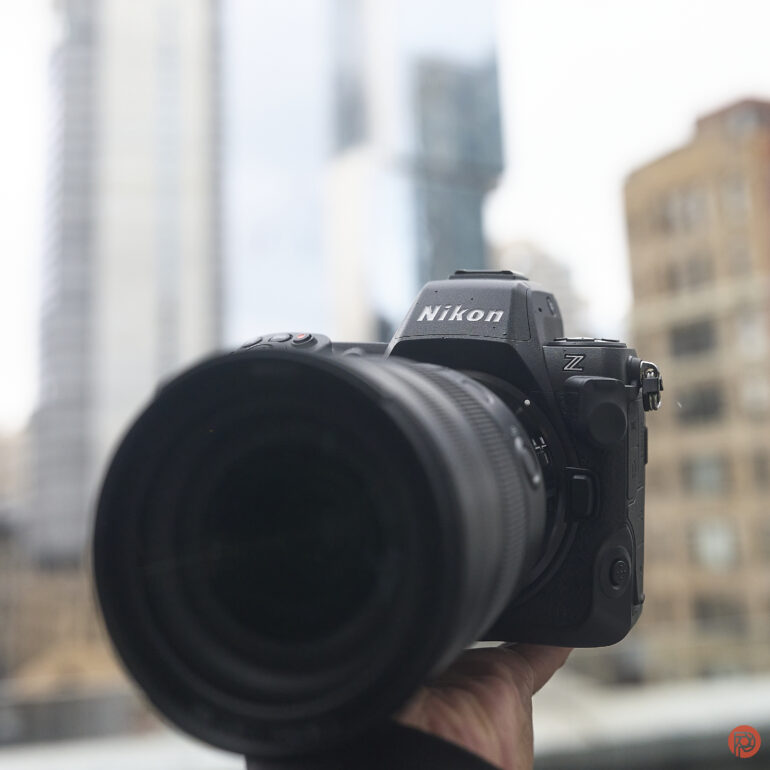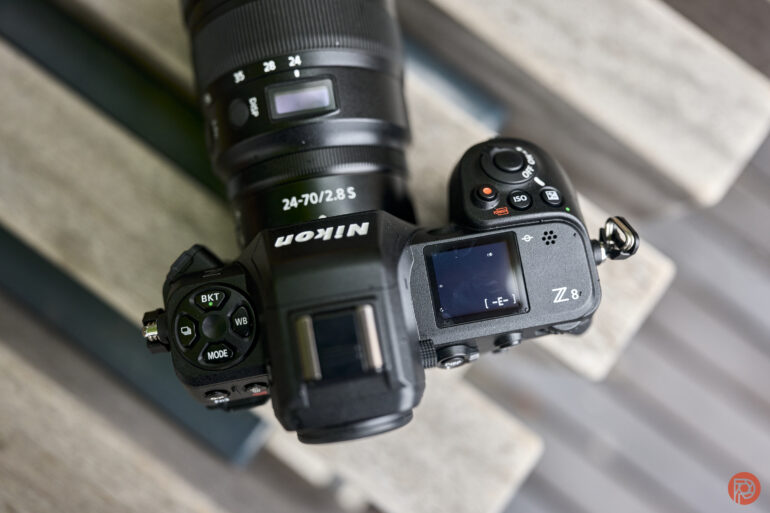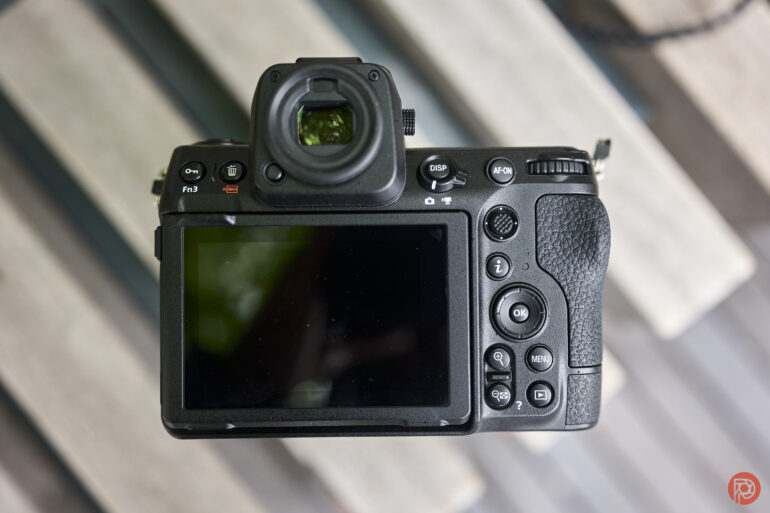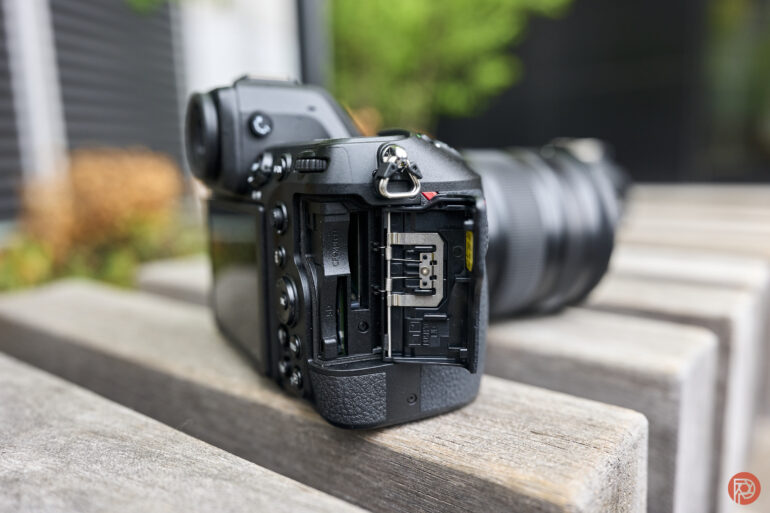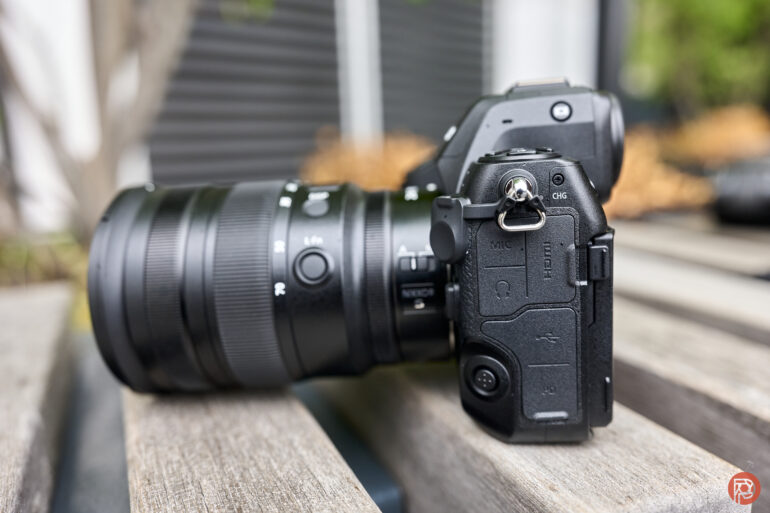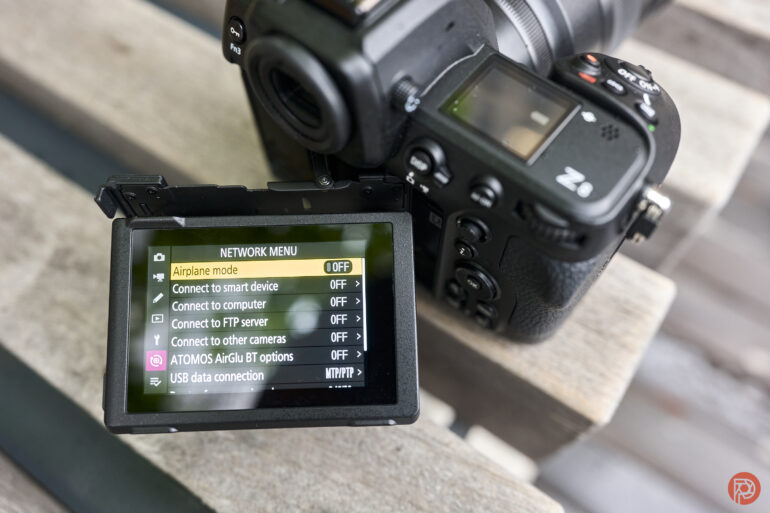Should the Nikon Z8 have come out years ago? This is a question that’s probably going to be in the heads of many photographers whose dearest joy is gear-talk. But for the photographers that don’t have GAS, the Nikon Z8 might be the camera they’ve waited for for a long time. When I walked into the meeting, Nikon told me it’s basically their multi-award winning Z9 camera, but much smaller. While these folks will really matter to the Nikon Z8’s success, there are bound to be haters from other brands. Indeed, the Nikon Z8 is a smaller camera variant that came out many years ago. If Canon and Sony act this year, they can probably outdo it.
Photographers have wanted a new and significant Nikon camera for a while. In fact, there was a theory that it would actually be the Nikon Z9x instead. The Nikon Z8 is kind of that camera. We got to play with it for a while. It feels great — but is it enough to win Nikon users back or keep them from switching? We’re not sure yet because we got to play with the new camera for less than an hour here in NYC and in a minimal setting. But our full review is coming.
Editor’s Note: The Phoblographer met with Nikon to see a pre-production unit of the Nikon Z8. This unit was very close to being the final production unit that consumers will receive when they purchase the camera. We’re waiting on a full-production unit, which will come soon.
You can preorder this camera by periodically checking this link at Adorama or Amazon.
Table of Contents
Nikon Z8 Tech Specs
These tech specs will focus on what photographers care about. We’re not a website that focuses on video, so if you want those specs, just know you can find them elsewhere.
- No mechanical shutter
- Same super bright Quad-VGA panel as the Nikon Z9. It’s adjustable to 3000cd/m2 (nits).
- Starlight mode enhances the camera’s ability to focus down to -8.5 EV; all the buttons can be illuminated as well.
- Nikon claimed with the Nikon z9 that there wouldn’t be issues with banding. But in our review of the camera, we still found it to be the case. We’re not sure about it yet with the Nikon z8.
- Lots of scene recognition. Human faces, animal faces, bird faces, cars, trains, bikes, vehicles, and now a new airplane detection mode.
- The dial on the top right is now just a few buttons.
- Same 45.7MP stacked CMOS full frame sensor with 5-axis image stabilization up to six-stops (depending on the lens) that the Nikon z9 had.
- Hybrid phase and contrast detection
- There’s a coating on the sensor that prevents dust and such. But the shield can also come down to protect the sensor.
- One SDXC card slot and one CFExpress B slot/XQD.
- Up to -4 and +3 diopter adjustment
- 1/32,000 max shutter speed with an extension all the way to 900 seconds.
- Flash sync at 1/200th but still does high-speed sync.
- 20 frames per second with options to go higher in crop modes and more.
- ISO 64-25,600
- Weather resistance is akin to the Nikon D850.
Ergonomics
Here’s a look at the new Nikon Z8. On the other side of this camera are two programmable buttons. But the really cool thing here is the button on the bottom side that you can use in a similar way to the Nikon D850’s autofocus setting button. Even in my hands, this camera looks big. And it surely is.
Take a look at the top of the Nikon Z9. It kept the top LCD screen in the same way that the Nikon Z9 and the Canon EOS R5 has. There’s a pretty empty top right but still there’s an ISO button, and more controls. The real kicker is the on/off/light up switch. On the other side of the EVF and hot shoe are buttons. Unlike the Nikon Z9, these aren’t raised on a massive dial. They’re just buttons that are slightly raised. Granted, they’re very accessible and make using the camera so much better.
On the back of the Nikon Z8 you’ll find the joystick, the D-pad, the LCD screen, and a bunch of other buttons. But you’ll mostly spend time peering through the EVF or looking at the screen. Even without my glasses on, the EVF was interpretable.
The right side of the camera has the storage slots for the cards. Let’s move on, there’s nothing really new here.
On the other side are where things are a bit weird. There’s two USB-C ports. Only one can be used for power. Why? I’m not sure. But it means that you’re probably going to have to bring more cables with you.
And of course, the LCD screen comes out and tilts for your convenience.
Build Quality

For those of you who are very curious, here’s a size comparison. the Nikon Z8 is taller than the Leica SL2s, Canon EOS R5, Panasonic Lumix S5 II, and the Sony a7r III. That basically means that it’s the tallest mirrorless camera that doesn’t have a vertical grip integrated into it. It’s also essentially as wide as the Leica SL2s — which I use nearly every day. This makes it one of the largest mirrorless cameras on the market. And overall, it means that you’re probably going to have to change the configuration of your camera bag.
Otherwise, the Nikon z8 feels pretty good in my hands. It surely doesn’t feel like a Leica, but I think that many photographers will appreciate the overall build. Don’t forget that Nikon’s weather resistance is also really good.
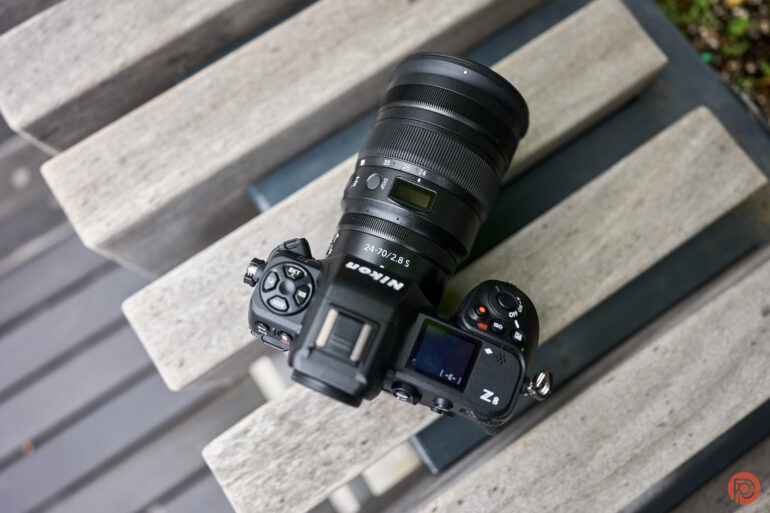
Ease of Use
Of any of the Nikon cameras that I’ve used (and that’s all of them), the Nikon z8 has the smoothest touchscreen menu. You can flick through it pretty handily, and navigating it is very straightforward. In fact, I’d say that it now rivals both Panasonic and Canon.
Of course, there are also some very Nikon-like things, such as how the lenses turn, the button layout, and the configurable buttons all over the camera. If you’re a Nikon user, this will feel right at home. If you’re not one, this will still be pretty easy to work your head around with some time.
Focusing
One can’t imagine that it’s very difficult to focus a camera on the economic disparity and gentrification of NYC. Lots of photographers do it in their work, and the Nikon z8 is no different. That’s all that I had the chance to test the camera on as we headed to a rooftop. But we’ll be doing more tests in time once our production-level review unit arrives.
Image Quality
Here are some sample images from the Nikon z8. Nikon asked us to state that the images here are from a pre-production camera and that they’ve been sized down to 3000 pixels on the long side: which is normally what we do anyway with all our photos.
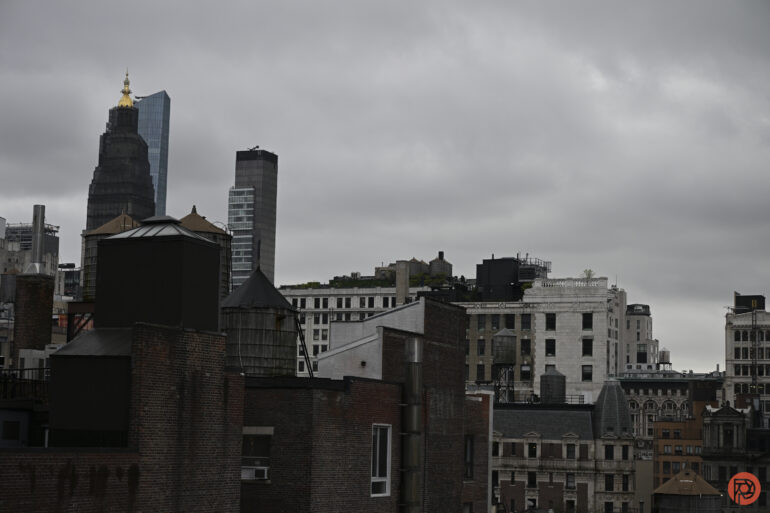
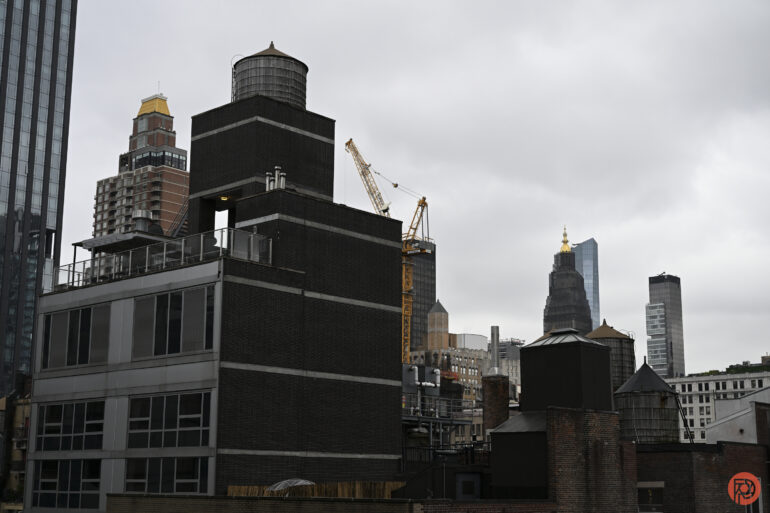
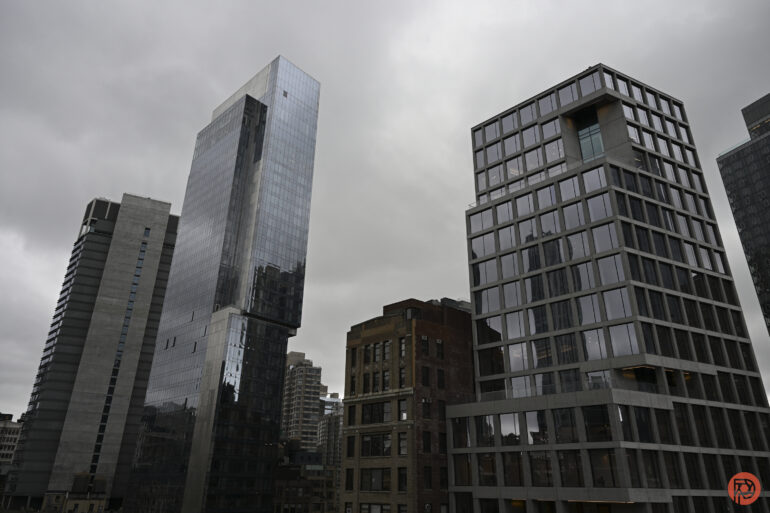
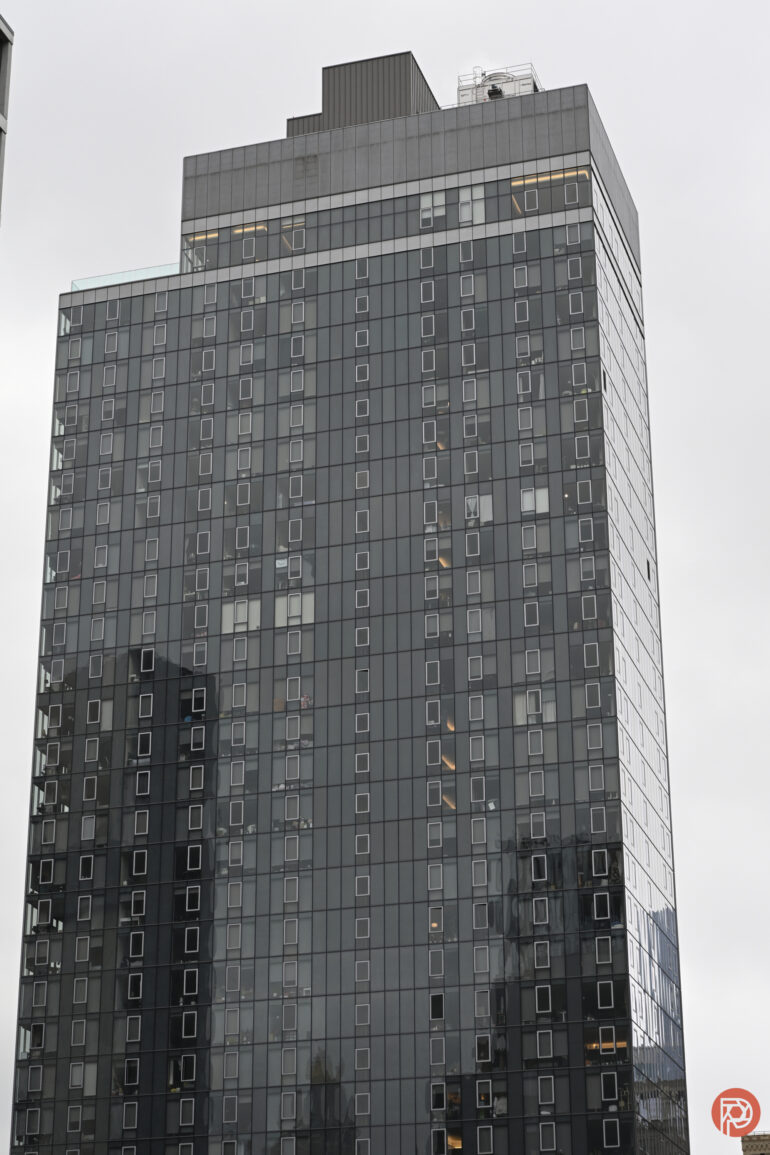
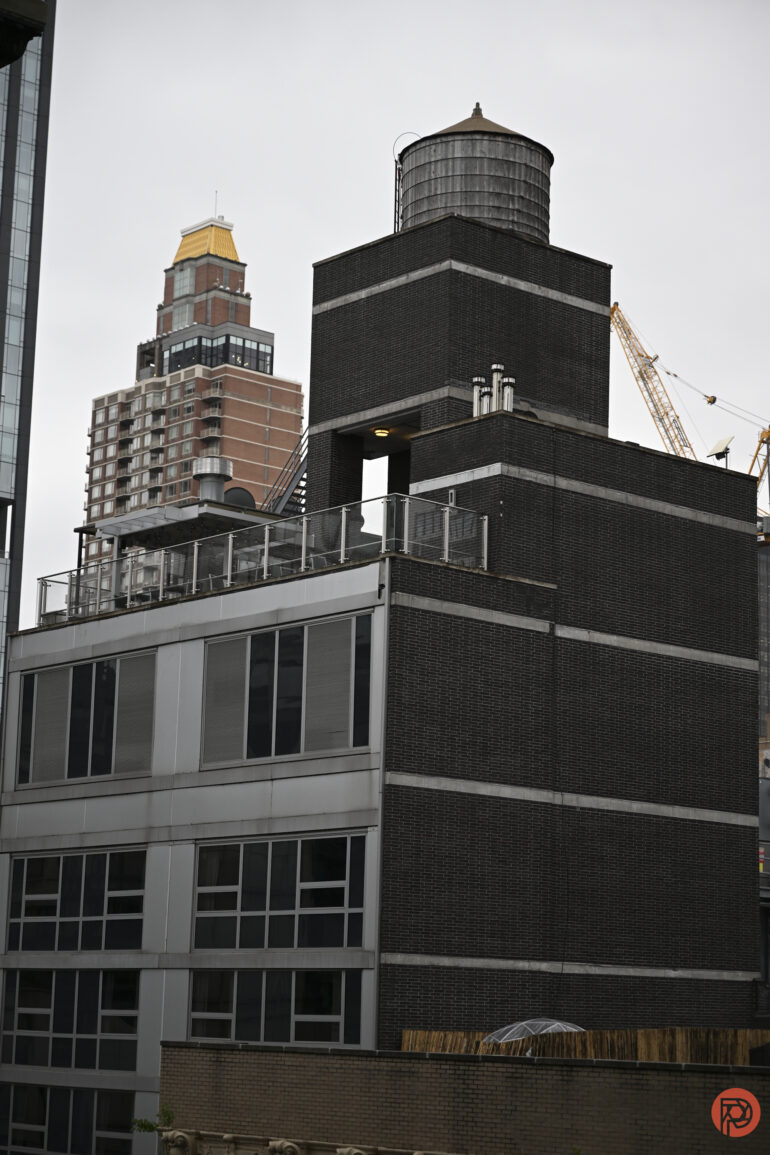
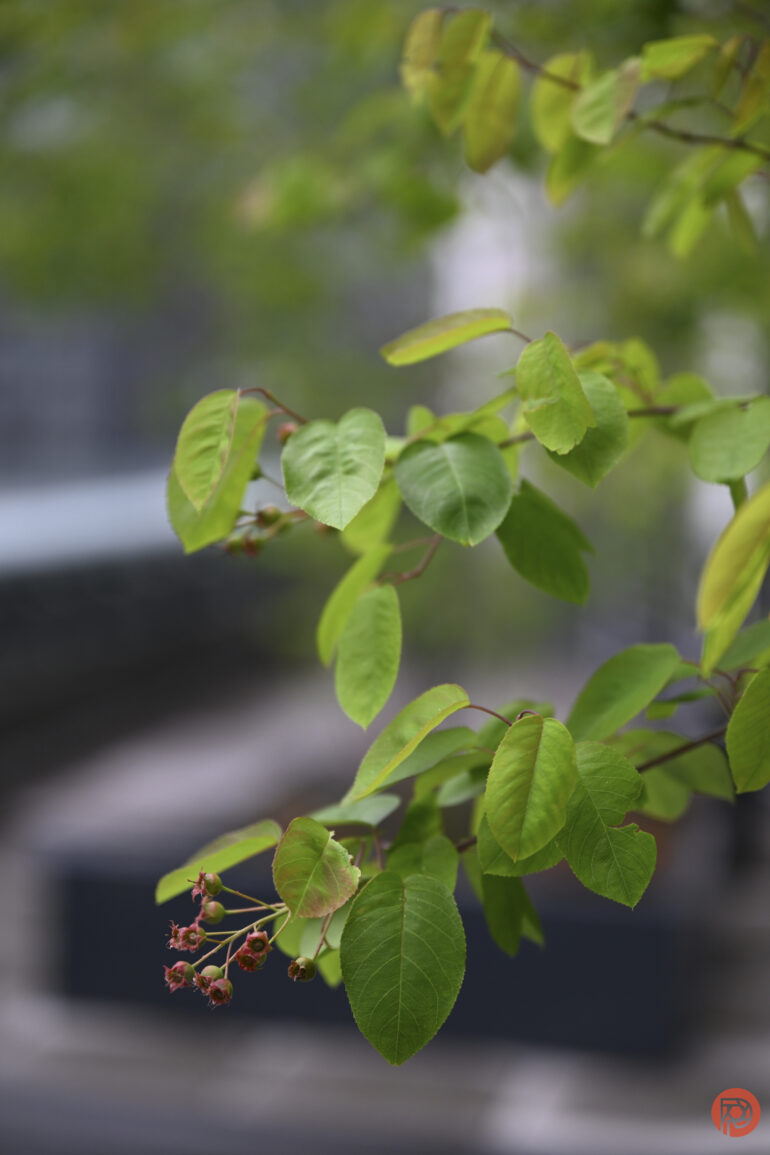
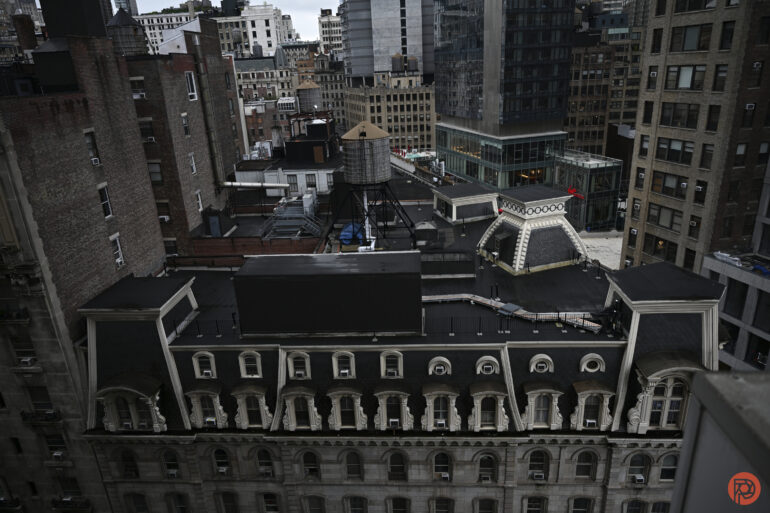
First Impressions
I’ve got some complicated feelings about the Nikon z8. Nikon photographers will be very happy about this camera for sure. You’re getting pretty much everything that the Nikon z9 can do in a much smaller package. And Nikon finally has a camera that can compete with the Sony a1 and the Canon EOS R5 with some sense of seriousness. But for the state of the entire photography market, I don’t think that this is a very special camera. It’s a smaller version of a camera that came out years ago, and that should’ve been released alongside the Z9. Because of that, one could say that this is a camera that’s over a year old at this point. And in some ways, it’s still being challenged by a camera that’s three years old and another that’s two years old.
What Nikon is still doing that’s very unique is removing the mechanical shutter. Sure, Sigma does that, but no one takes Sigma’s cameras with any seriousness.
Based on my previous experience with the Sony a1, Canon EOS R5, and the Nikon z9, I’m not sure exactly what’s going to make this camera so unique. Mind you, I’ve only spent around an hour with the Nikon Z8. But what I’m speaking of is a much larger problem in photography. All of these cameras feel and act the same.
To clarify this idea further, I’d like you to think about beverages. Specifically, if you drink alcohol, consider the American Bourbon scene. At the low end, most of us can’t really tell the difference between Jack Daniels and Dickel. At the higher end, lots of us can’t tell the difference between Weller Antique or Pappy Van Winkle. All you know is the name, the story behind it, and perhaps some sort of guidance with the tasting notes. The same goes for Japanese whiskey and Scotch. Of course, there are some outliers that are truly more experimental. And the same story can apply to Darjeeling, Assam, Chinese, and Nepali teas. But all this is a long way of saying that the big three companies more or less do things so similarly. And the image quality: you can surely point out a Fujifilm image when you see it right out of the camera. But you can’t do the same with Sony, Canon or Nikon images necessarily with similar lenses.
All of this is a much, much longer way to saying that the camera market needs to stop creating the same variant of the same product over and over again. The Japanese manufacturers all share parts and technology with one another. If there were more variations, you’d end up with a camera market that’s very similar to the smartwatch market. Apple is the dominating option because it’s just that good. And all the rest are just afterthoughts. That’s because they’re not all sharing information with one another.
Maybe some prolonged use with the Nikon z8 will change my mind. But honestly, I’m still holding out for the Nikon Zf.


